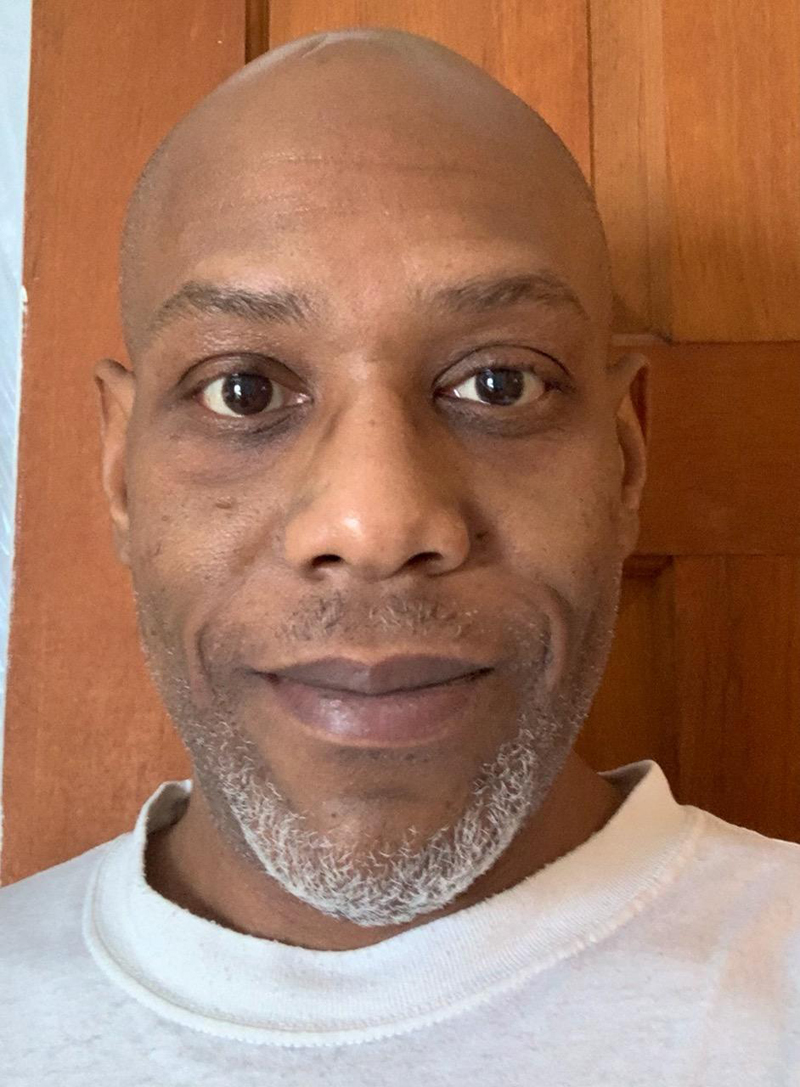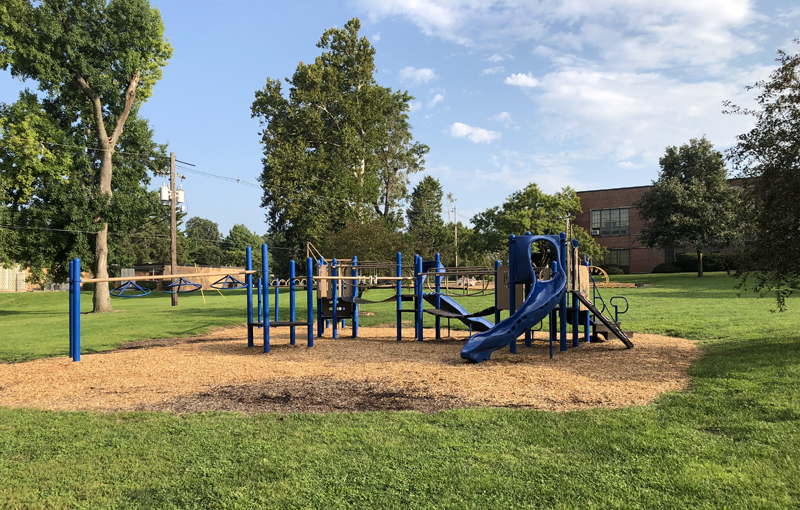The Black Lives Matter protests of last summer and subsequent national discourse on race in America brought a much-needed discussion on diversity and representation in every facet of American life, ranging from athletics, to our workplaces, to the media we consume. We want our movie characters to look like us and convey our values; we feel proud when someone like us signs with a major league team or gets elected to the House of Representatives; we feel more comfortable in social or professional settings when there is someone else who looks like us. Things aren’t perfect, but there are, at least, tentative steps in the right direction.
Seemingly lost in this conversation is the topic of diversity in education, a field in which an overwhelmingly white teacher population is tasked with educating students that are growing less white each year. Take Champaign’s Unit 4 demographics, for example. The district’s percentage of white teachers has remained consistently over 80% over the past decade, while the percentage of Black teachers has actually declined. Contrast this with student demographics, of which the most recent data shows only a third of students being white. While Urbana’s district is marginally better, showing small increases in Black and Hispanic teachers over the past ten years, over three-fourths of its teachers are white. This is hardly unique to the county; Champaign Unit 4 is reflective of the state as a whole, where over 80% of public school teachers are white.

Photo courtesy of Chris Schultz.
Chris Schultz, a high school teacher with Unit 4 and chair of the Champaign Federation of Teachers Black Caucus, says he is not surprised at the decline in Champaign.
“The district is not doing enough to actually reach out to Black teachers or know their voices,” says Schultz. “They are letting people know that they are open to hiring teachers of color, but I don’t feel they know what to do with supporting and retaining those teachers.”
The simple answer would be to hire more teachers of color, but this would be a surface-level fix at best and would ignore a fundamental question: Are schools, as organizations, providing psychological safety and reassurance to minority employees? Hiring diverse teachers is a decent first step, but it is not enough if schools do not have the environment, or the leaders, to support them.
Schultz and I work through a scenario together: A young, black, male teacher is hired to teach third grade. While there are a couple of other men in the building, including one of the administrators, he is the sole teacher of color. The dominant culture, the norms and standards, is dictated through a lens that is white and mostly female. Is this teacher going to have the environment and support to be his authentic self?
Schultz says that, in most cases, the answer is no. “Administrators need to understand what hiring a teacher of color into a mostly white community means for that teacher. White administrators, as well as teachers, don’t think about what it means to be a person of color in a white space.”
Teachers of color often find themselves stifled and overwhelmed by the already established culture, having to code switch and play down who they really are. What’s more, these teachers are also reluctant to speak up out of fear of being viewed as “problematic” or damaging their work relationships. Such an unsupportive work climate can have a substantial impact on employee confidence, work performance, and even turnover and retention.
“It can be difficult for one to do their best job and be the best version of themselves when they feel isolated,” says Schultz. “You can’t be your authentic self — it’s like, ‘Let me make sure I tone it down so I don’t scare these white people.’” Black women, he adds, face this challenge on a daily basis, feeling they need to “talk white” so they aren’t perceived as “angry” or “aggressive.”
It’s important to note that “unsupportive” does not mean that other teachers or administrators are actively acting against someone of color, though this is, unfortunately, a reality in many schools. An unsupportive work environment can just as easily be one in which a teacher of color is hired for diversity’s sake, where school leadership lacks the nuance and understanding to properly support such a teacher, even if hired with good intentions.
“When they ask for our voice, they need to actually listen to us and utilize it,” says Schultz. “Too often we’re met with standard responses such as ‘We hear you’ only meant to pacify us. In a white-privileged society, our voices continue to be marginalized.”
Schultz suggests that Unit 4 needs to give teachers of color a reason to stay, saying the district does not seem aware why diverse candidates are not coming to work for them. He adds that the people hiring these teachers are the wrong ones to be doing it, making reference to the district’s human resources director, who has been part of at least two discrimination cases. Finally, says Schultz, teachers of color need to be provided with opportunities to connect with others, not just of the same culture, but like-minded individuals as well.
Schools, in aspiring to create a better future, need to understand that diversity goes beyond any sort of hiring quota or virtue signaling; a genuinely diverse school will not just have educators from different backgrounds, but it will invite those teachers to speak up and contribute in a way that makes them feel valued. A great organization needs to recognize that progress and good ideas come from attracting, hiring, and retaining diverse employees. Public education isn’t there yet, seemingly stuck in a rinse, repeat of hiring, then alienating, teachers of color. And, mind you, that’s assuming a diverse candidate gets hired to begin with — it’s no secret that Jerome will get fewer calls than Brandon.
Public education recognizing its lack of teacher diversity is crucial, but it won’t matter if those teachers aren’t properly supported and allowed to be their true authentic selves. School administrators need nuanced approaches in their leadership and understanding of the people working for them; white teachers will need to examine their own privileges and contributions to the work environment. Only then will we begin to develop schools that thrive and succeed.
References
- Beard, A. (Host). (2021, March 2). What Black leaders bring to the table. (No. 782) [Audio podcast episode]. In HBR Ideacast. Harvard Business Review.
- Edmondson, A. C. (2019). The fearless organization: Creating psychological safety in the workplace for learning, innovation, and growth. Hoboken, NJ: Wiley.
- Singh, B., Winkel, D. E., & Selvarajan, T. T. (2013). Managing diversity at work: Does psychological safety hold the key to racial differences in employee performance? Journal of Occupational and Organizational Psychology, 86, 242-263.
Wassim Elhouar is a recent graduate of the University of Illinois and a writer and educator in the Champaign-Urbana area. He will be continuing his studies this fall in industrial/organizational psychology at Montclair State University.








